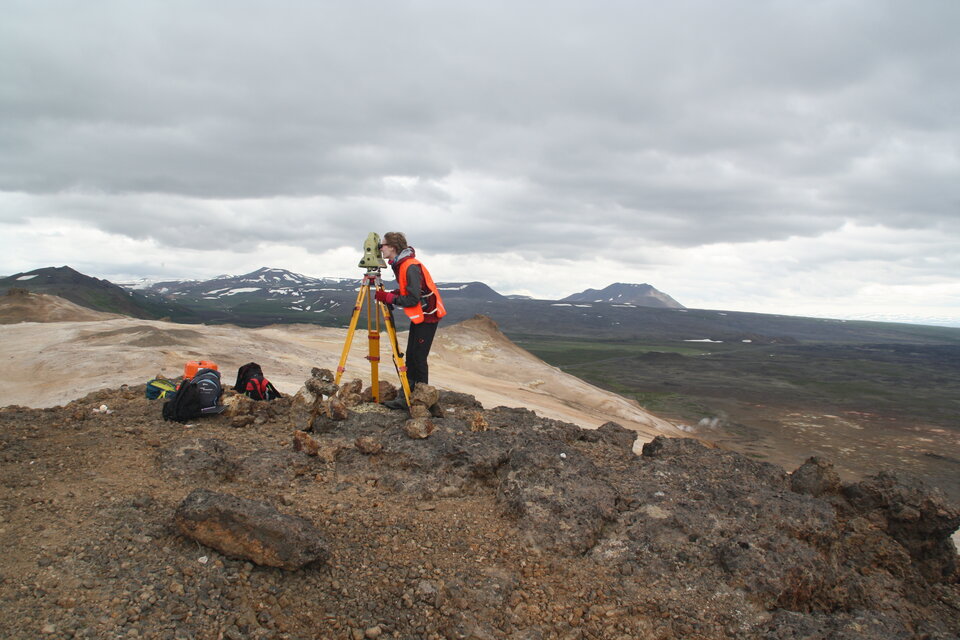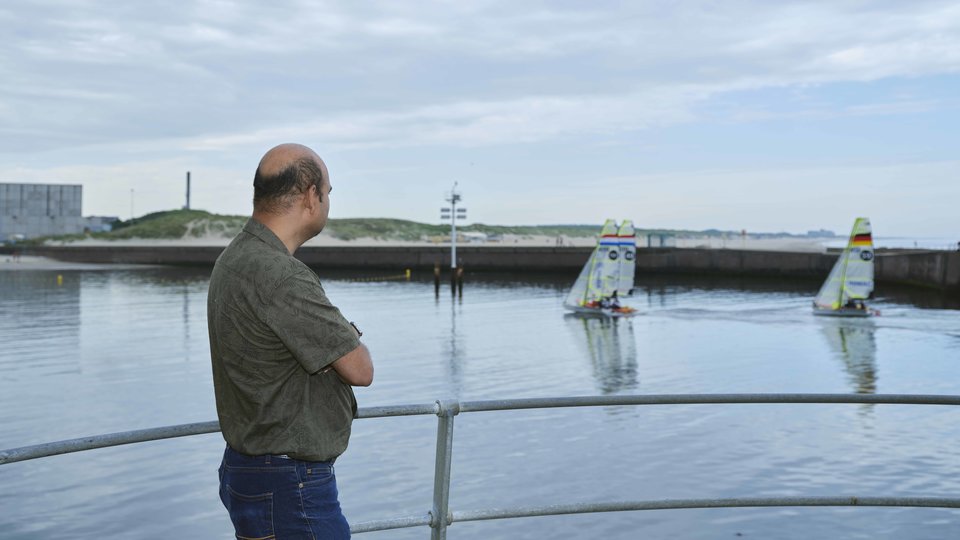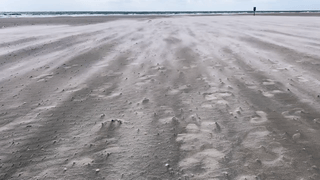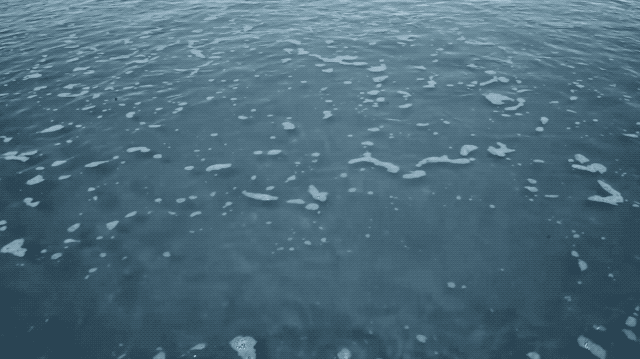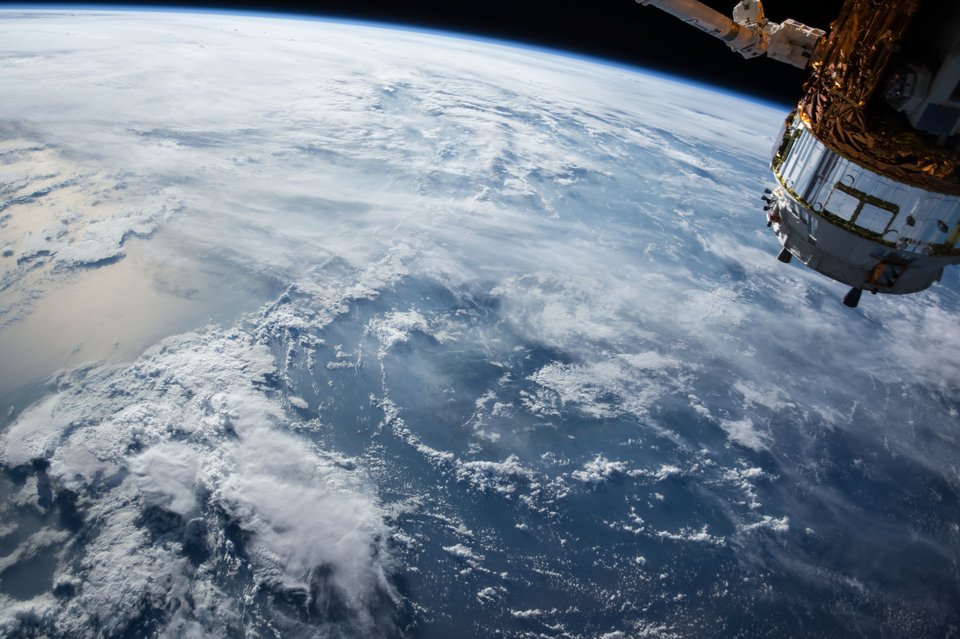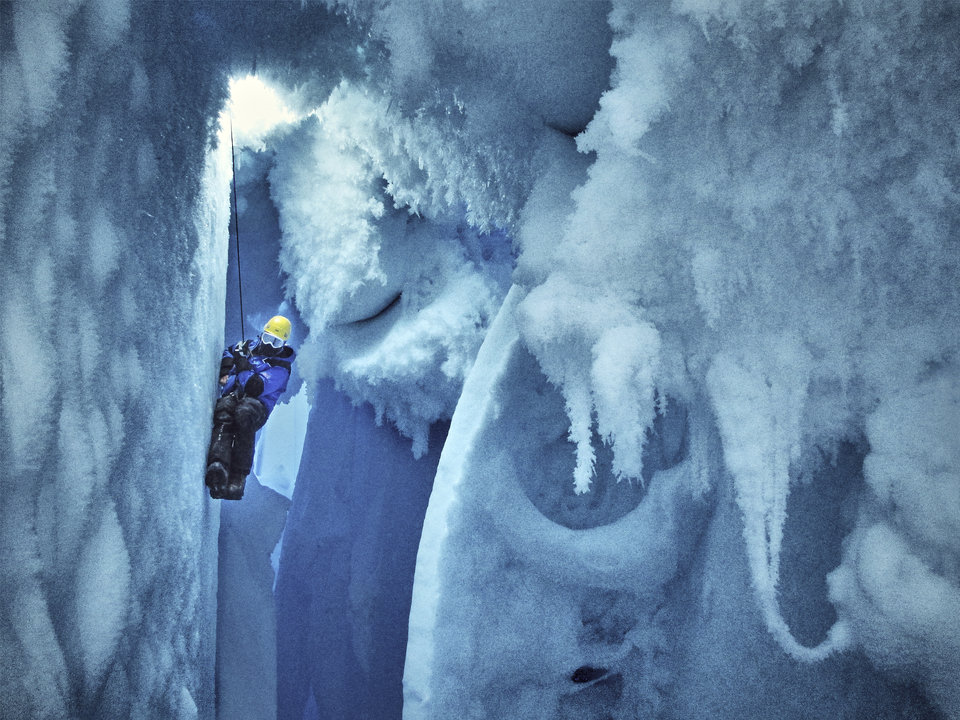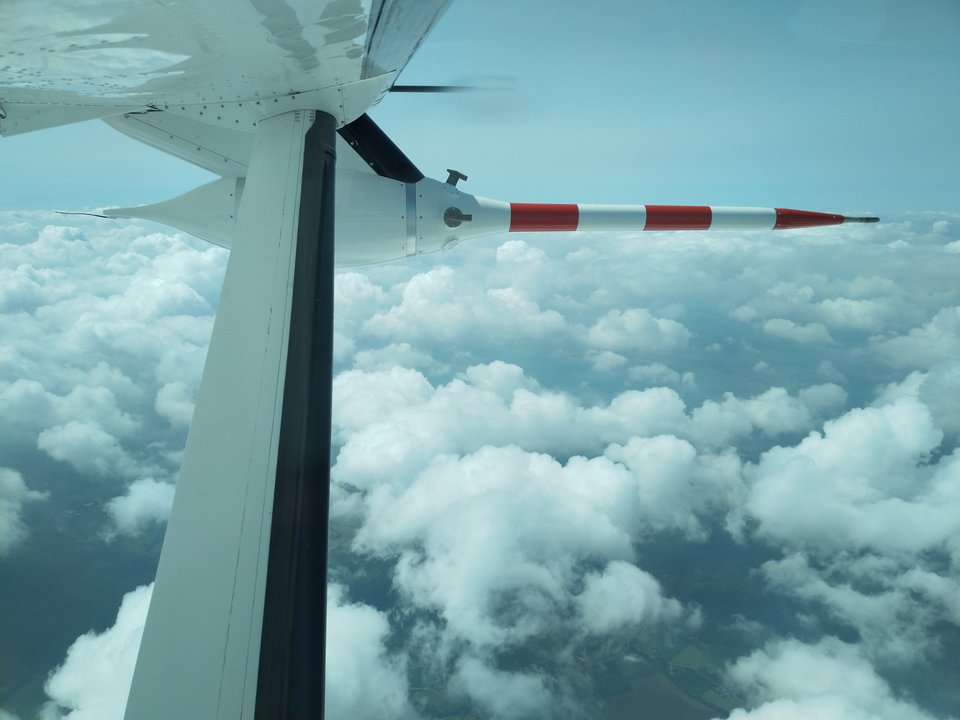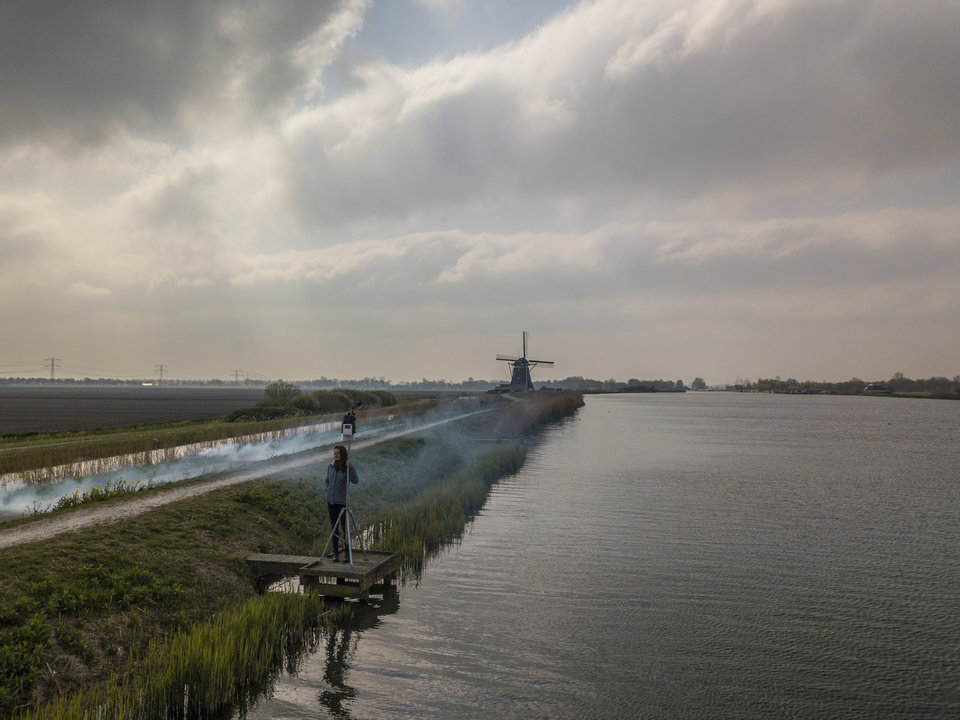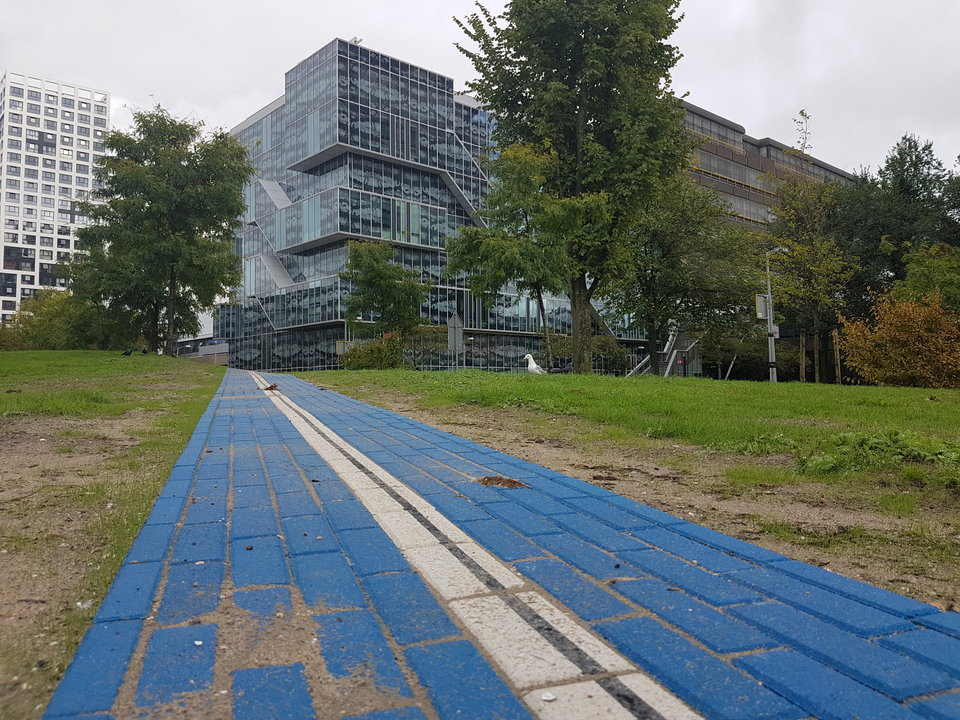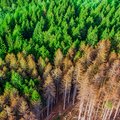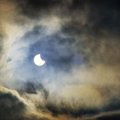Geoscience & Remote Sensing
We want to understand the interaction between human activities, the Earth system and our living environment. We do this through the combination of observational data science and physical modelling.
GRS on X
This content is being blocked for you because it contains cookies. Would you like to view this content? By clicking here, you will automatically allow the use of cookies.


